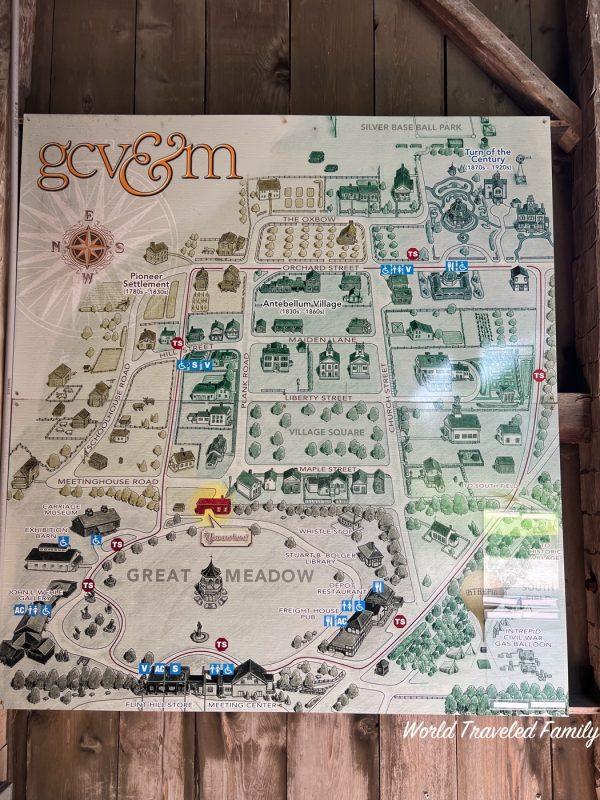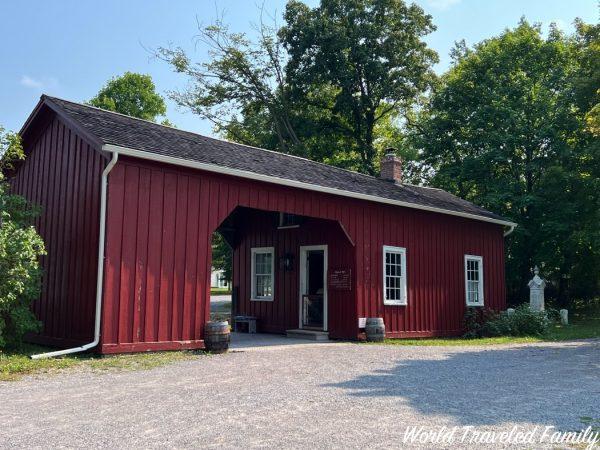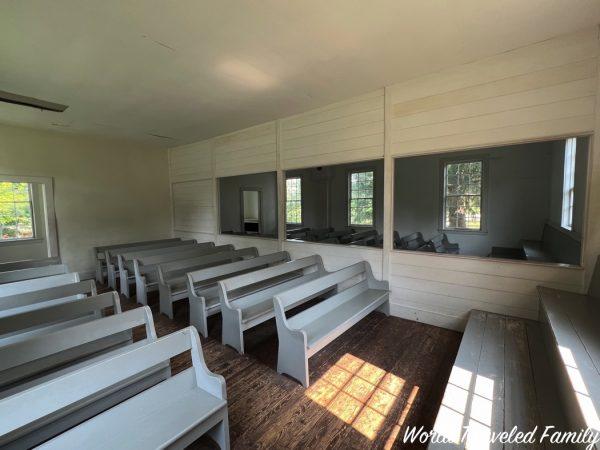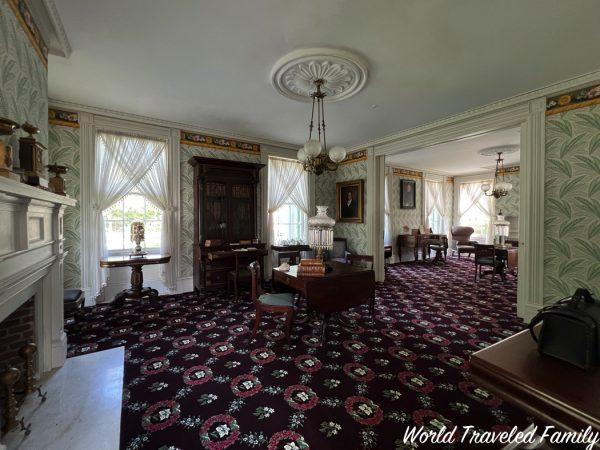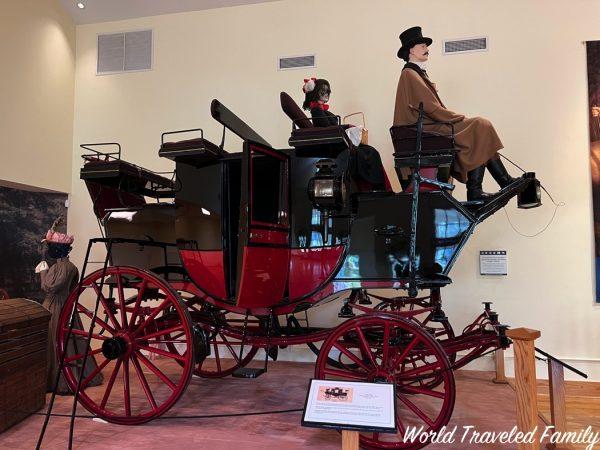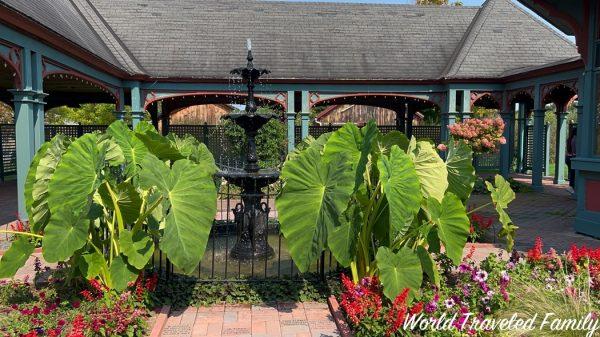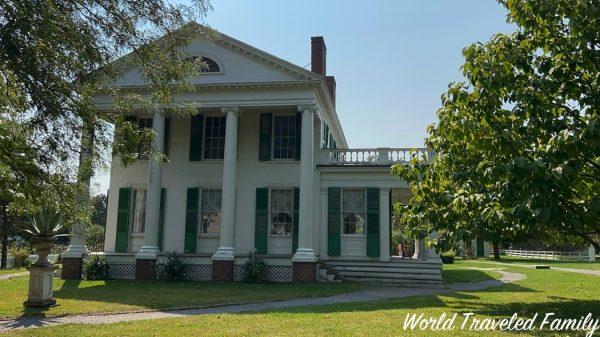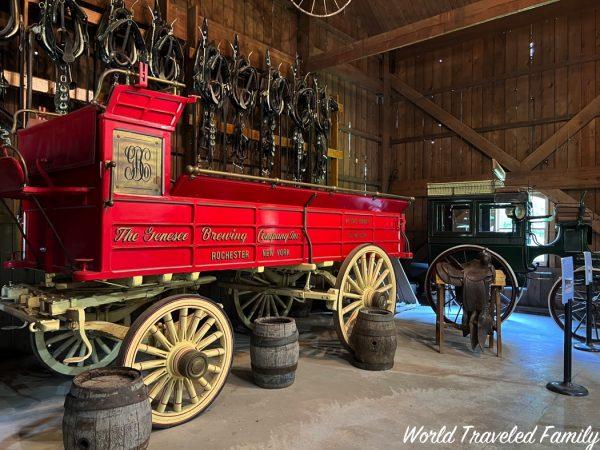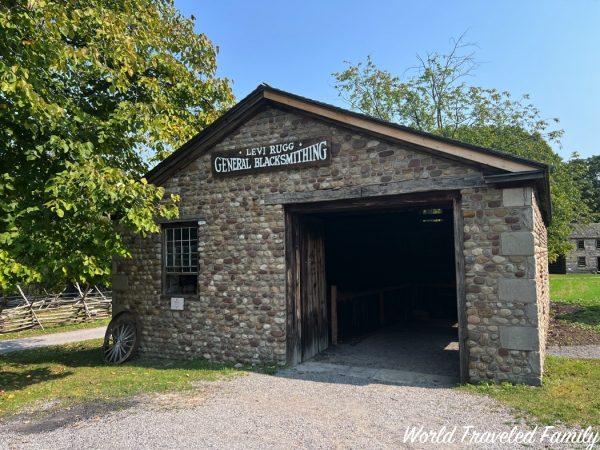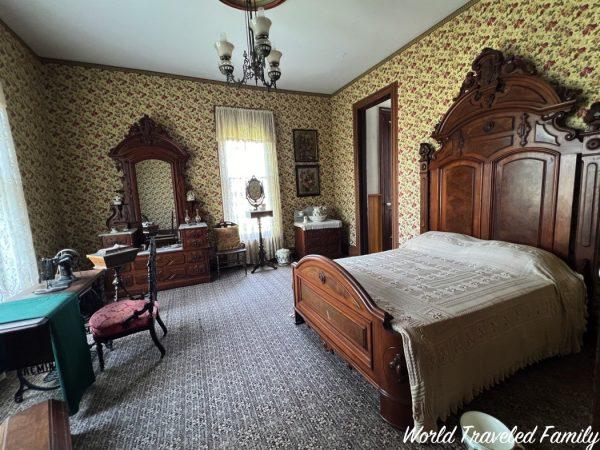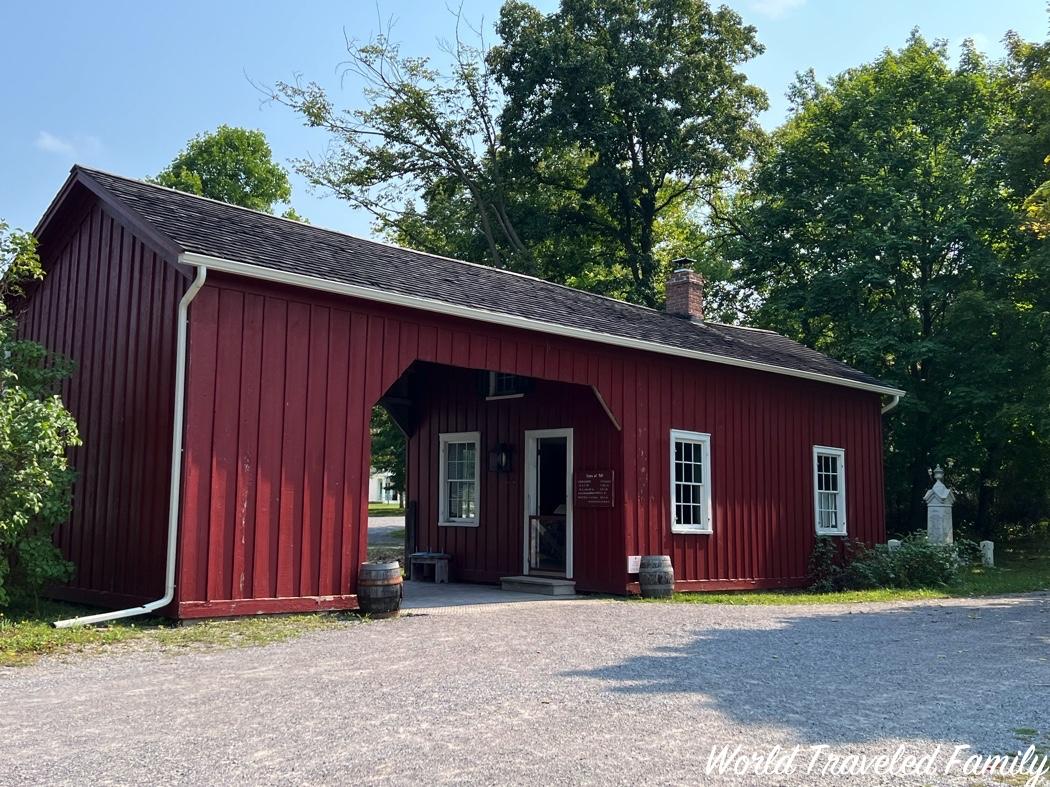The Genesee Country Village and Museum offers a fascinating journey through three distinct time periods, spread across its expansive property: the Pioneer Settlement (1780s-1830s), the Antebellum Village (1830s-1860s), and the Turn of the Century (1870s-1920s).
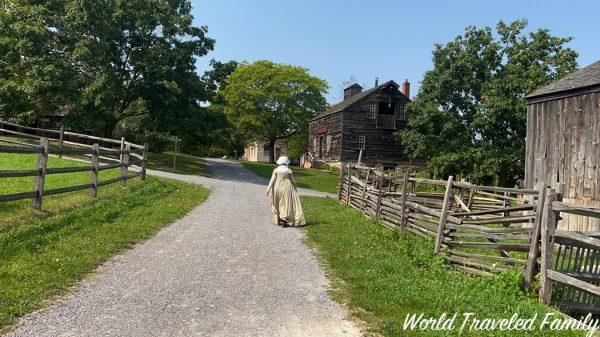
Walking through the grounds feels like stepping into a living city, complete with prominent historic buildings such as the Blacksmith Shop (1830), Brewery & Hop House (1803), the Land Office, and the Quaker Meeting House.
As I explored the heart of the village, I visited landmarks like the Altay Store, Brooks Grove Methodist Church & Parsonage, the Cooper Shop, Pottery Shop, George Eastman’s Boyhood Home, and the Humphrey House.
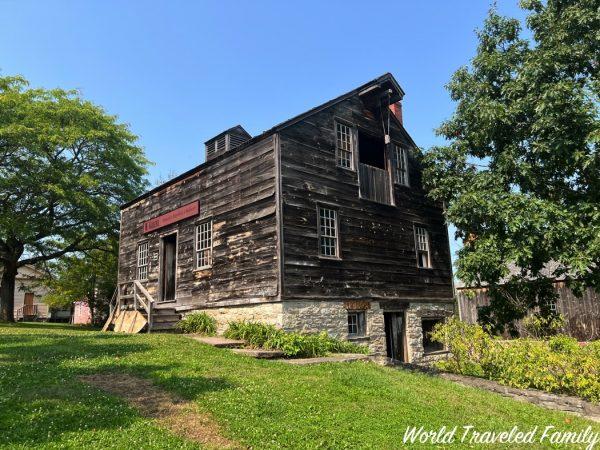
The attention to historical detail extends into the Gas Light District, where you can find the Davis Opera House, Hamilton House, and Hyde House.
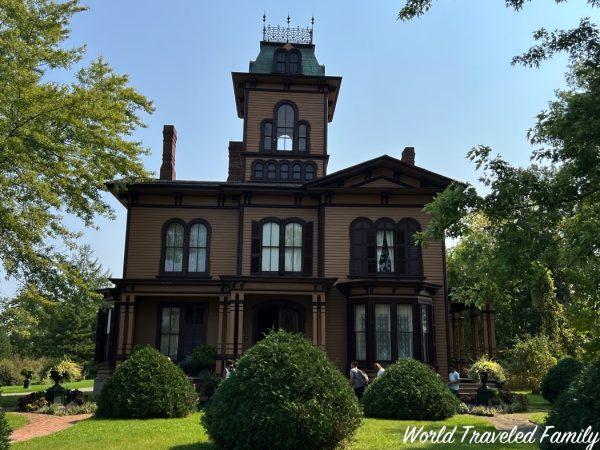
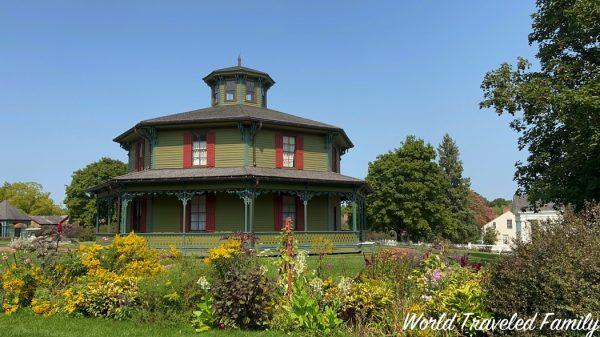
In addition, the Carriage Museum, which also serves as an event space, showcases a unique collection of historical carriages, including a 1920s brewery wagon and an 1890 Private Omnibus, along with several other carriages that are suspended overhead.
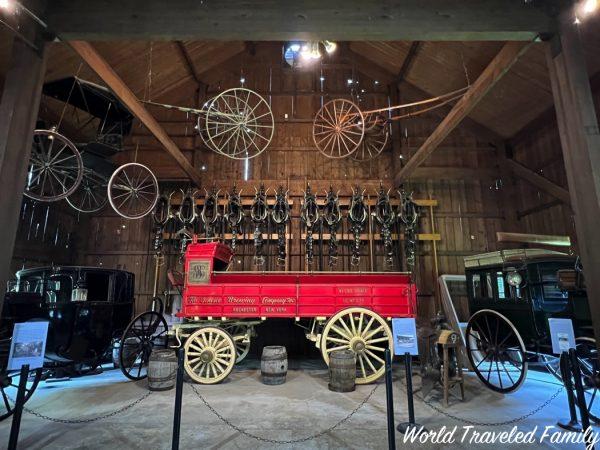
What made the experience truly memorable was the museum staff stationed inside each building, ready to share stories and bring the history of each location to life. Learning about the origins of these homes and the efforts made by the museum to preserve them for future generations gave me a new appreciation for the value of preservation. The staff’s knowledge about the families who once lived in these homes added a personal touch that enriched my visit.
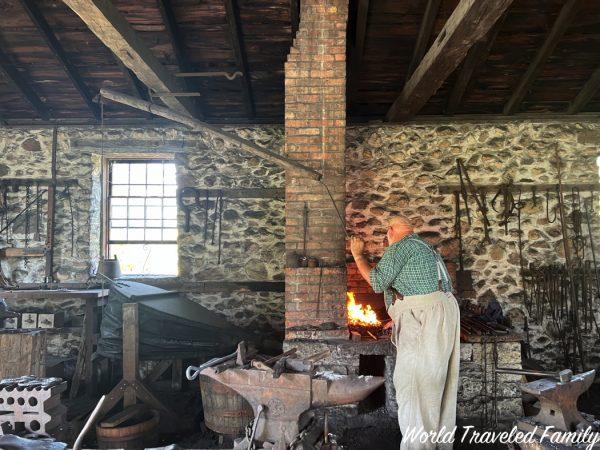
One home I toured had been staged to reflect a mourning period, and the guide explained that it rotates through three themes: a wedding, the arrival of a baby, and the loss of a loved one. It was a poignant moment for me, offering an important lesson in how people of the time marked significant life events. Visiting this space reinforced the importance of understanding our history and how it shaped the way we live today.
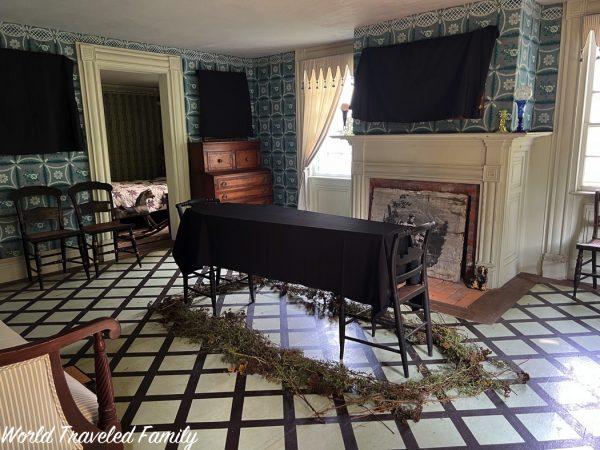
There were countless learning opportunities throughout my visit. I even met a mom whose daughter was taking a cooking class in one of the historic buildings, reinforcing that this is a great place for kids to engage with the past in a hands-on way. One of the more playful buildings was the Games House, where both indoor and outdoor period games were available for visitors to try—a hit for families.
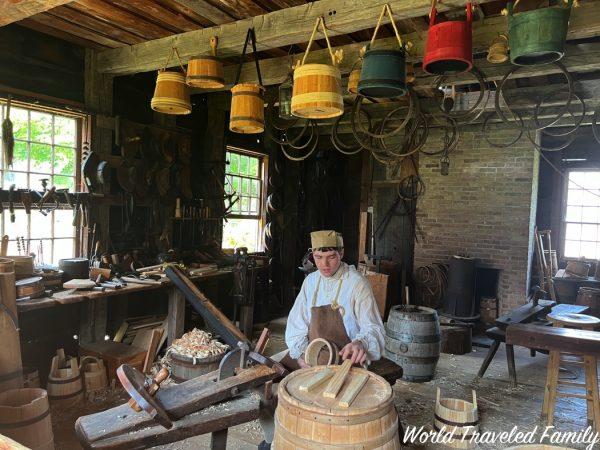
In many of the buildings, staff members were actively demonstrating period-specific craftsmanship, using tools from the era to show how everyday items were made. For instance, I discovered that barrels for dry goods and barrels for liquids were crafted from different materials—something I had no idea about before my visit. It’s those little interactions that deepen your understanding of history in unexpected ways.
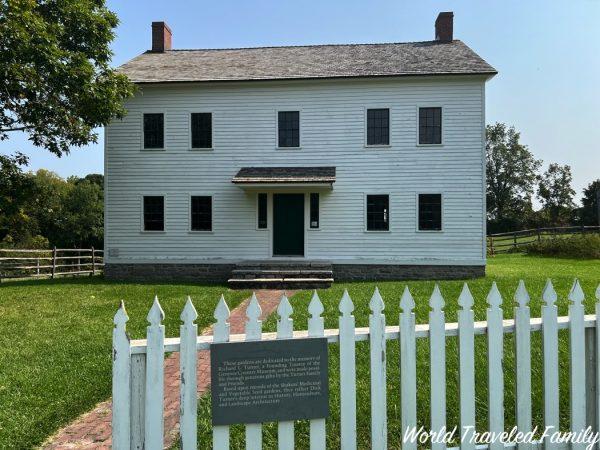
Overall, I thoroughly enjoyed my time at the Genesee Country Village and Museum. With more than 60 buildings on site, I was able to tour many, though not every building is open daily, which gives you a fresh experience each time you visit. If you find yourself in the area, I highly recommend adding this living history museum to your itinerary—it’s a destination that truly brings the past to life.
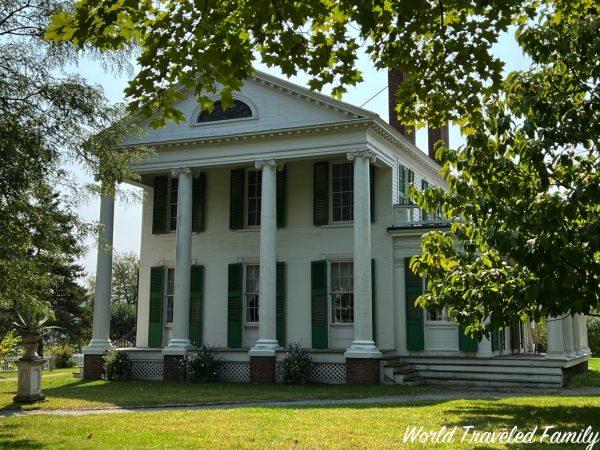
Here are some helpful tips for visiting the Genesee Country Village and Museum:
- Plan for about 3 hours: Allocate around 3 hours to explore the grounds and over 60 historic buildings. This time will allow you to fully enjoy the village, its historic reenactments, and trade demonstrations.
- Free Parking: Parking is conveniently free, so there’s no need to worry about finding a spot or paying extra fees.
- Pair your day with the Strong Museum of Play: For a full day of fun, consider visiting the Strong National Museum of Play in Rochester as well, which is about a 40-minute drive away. You can enjoy a multigenerational experience with interactive exhibits at the museum after stepping back in time at the village.
- Start on the left side of the village: Begin your visit at the Pioneer Settlement on the left side of the village and work your way from east to west. This path will let you experience the historical evolution, from early frontier life to the Antebellum period, and finally, the Turn of the Century.
- Dress comfortably: The village is spread over a large area with dirt paths, so wear comfortable walking shoes and consider bringing sun protection.
- Check the schedule: Be sure to check for special events, workshops, or trade demonstrations happening during your visit for an even more enriching experience.
*Please note this post is not sponsored. We paid for our excursion. Our opinions are our own.*
